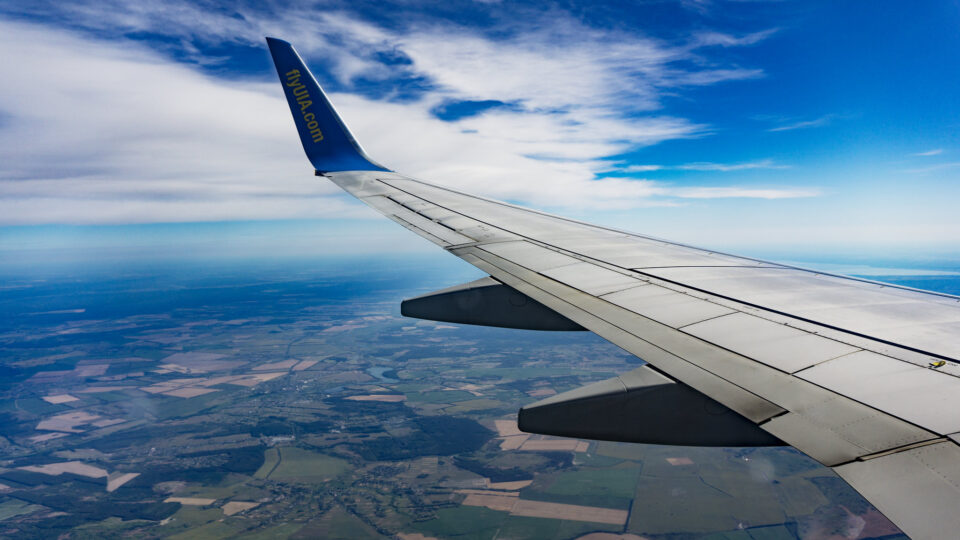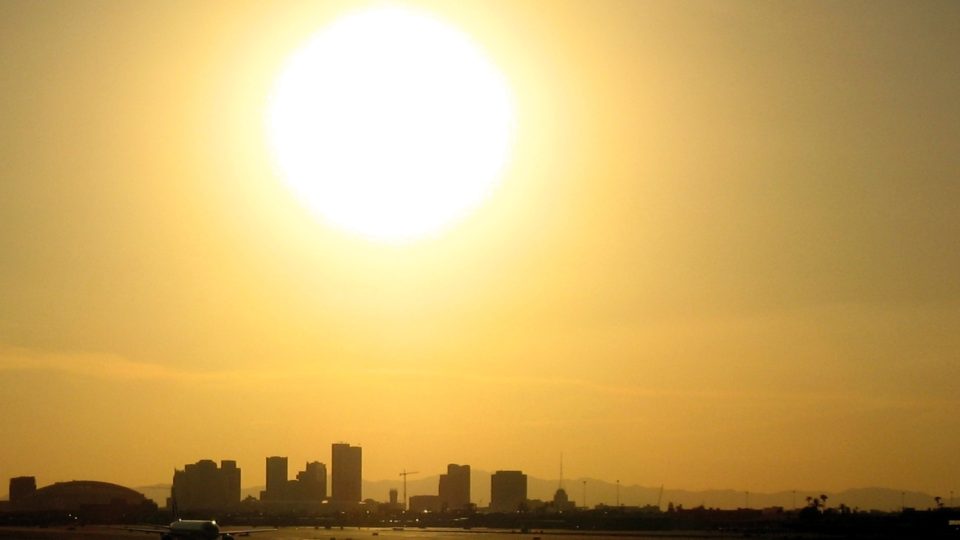There have been countless stories about the major and minor changes in the world caused by the Covid-19 pandemic. A few of those changes, such as reductions in pollution and traffic, have been positive. Most have been decidedly negative.
One of the stranger things that has happened is that the pandemic has affected the quality of weather forecasting by sharply reducing the amount of atmospheric data routinely collected by commercial airliners.
It turns out that atmospheric observations from passenger and cargo flights are among the most important data used in weather forecasting models. These observations are made by instruments aboard thousands of airliners, mostly based in North America and Europe. The observation program has been in place for decades. The data is transmitted in real time to forecasting organizations around the world, including the National Weather Service. About 40 airlines participate in the program, which has equipment aboard about 3,500 aircraft. Here in the US, Delta, United, American, and Southwest Airlines participate, as do UPS and FedEx.
During the first few months of the pandemic, air traffic declined by 75% or more worldwide. As a result, atmospheric observations dropped by the same percentage. A government research study showed that when weather forecasting models receive less data on temperature, wind, and humidity from aircraft, the accuracy of forecasts was reduced.
The amount of data from aircraft has increased in recent months as air travel has picked up to roughly 50% of pre-pandemic levels. So, the observation program is on the mend. Nonetheless, impaired weather forecasting is just another unexpected result of the global pandemic.
**********
Web Links
Slump in Air Travel Hindered Weather Forecasting, Study Shows
Photo, posted July 15, 2017, courtesy of Daria Nepriakhina via Flickr. Photo by Photo by Daria / epicantus.
Earth Wise is a production of WAMC Northeast Public Radio.


